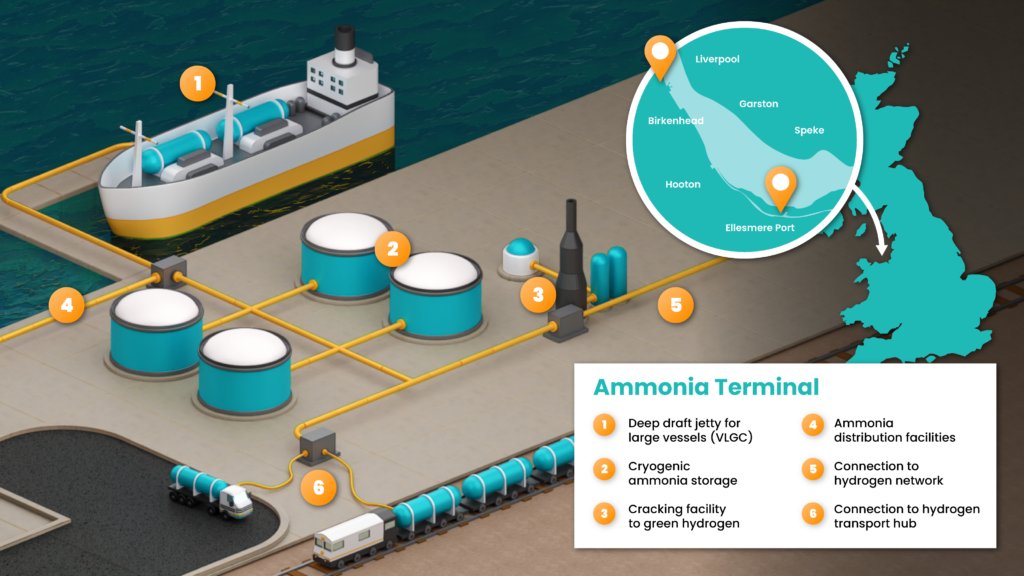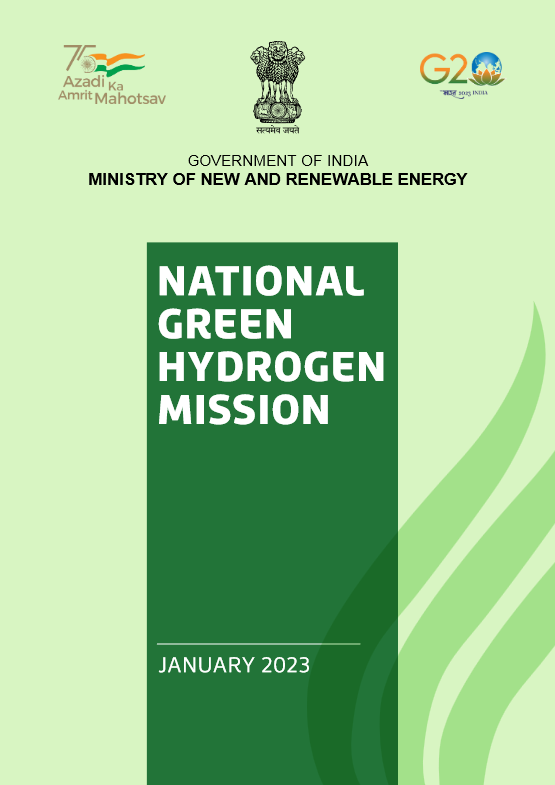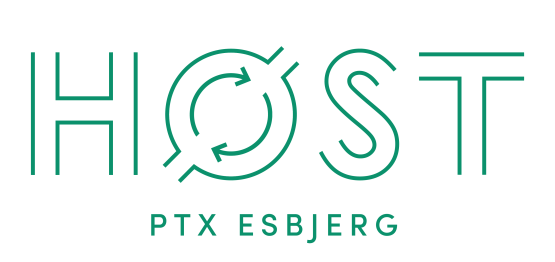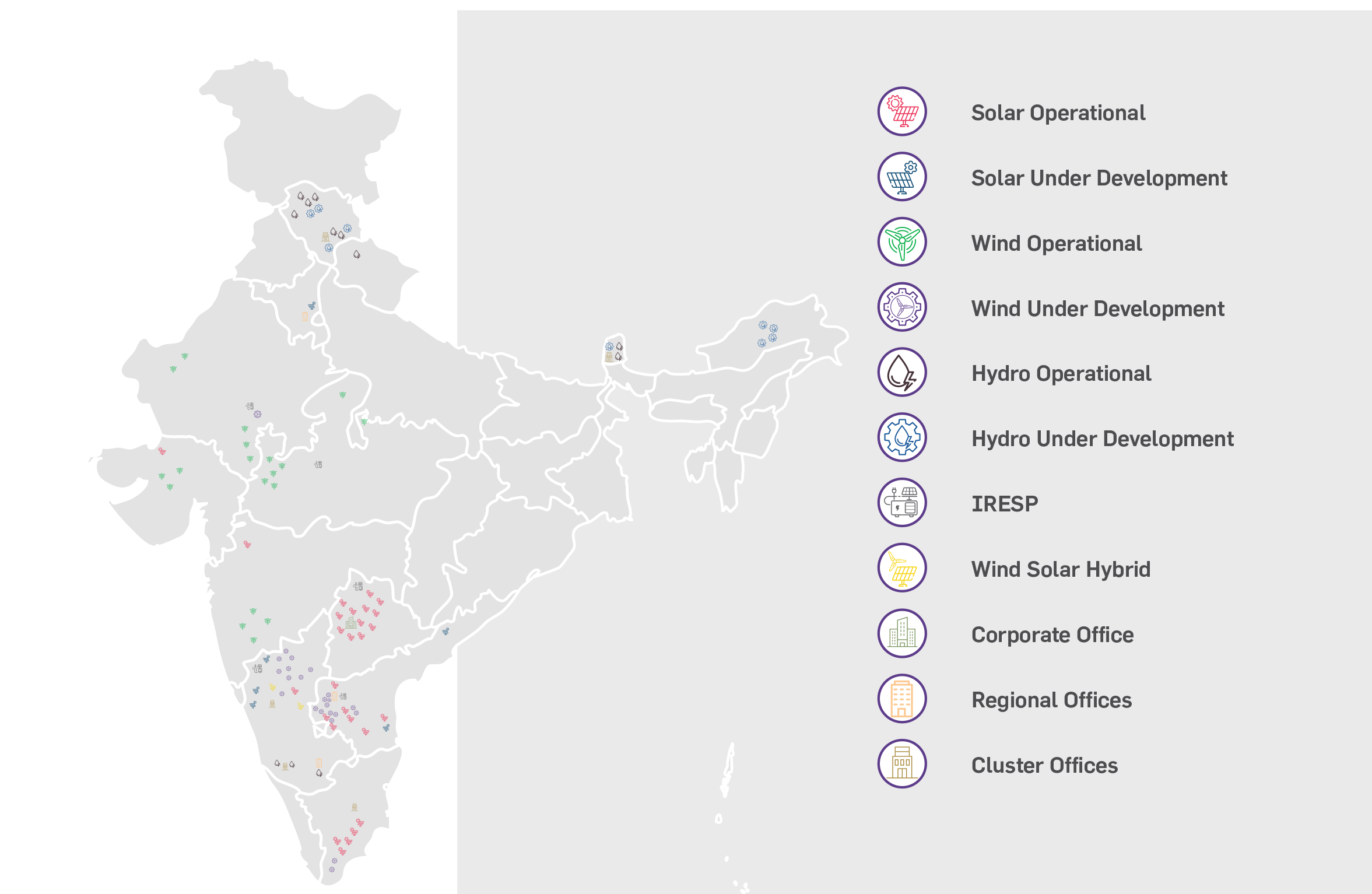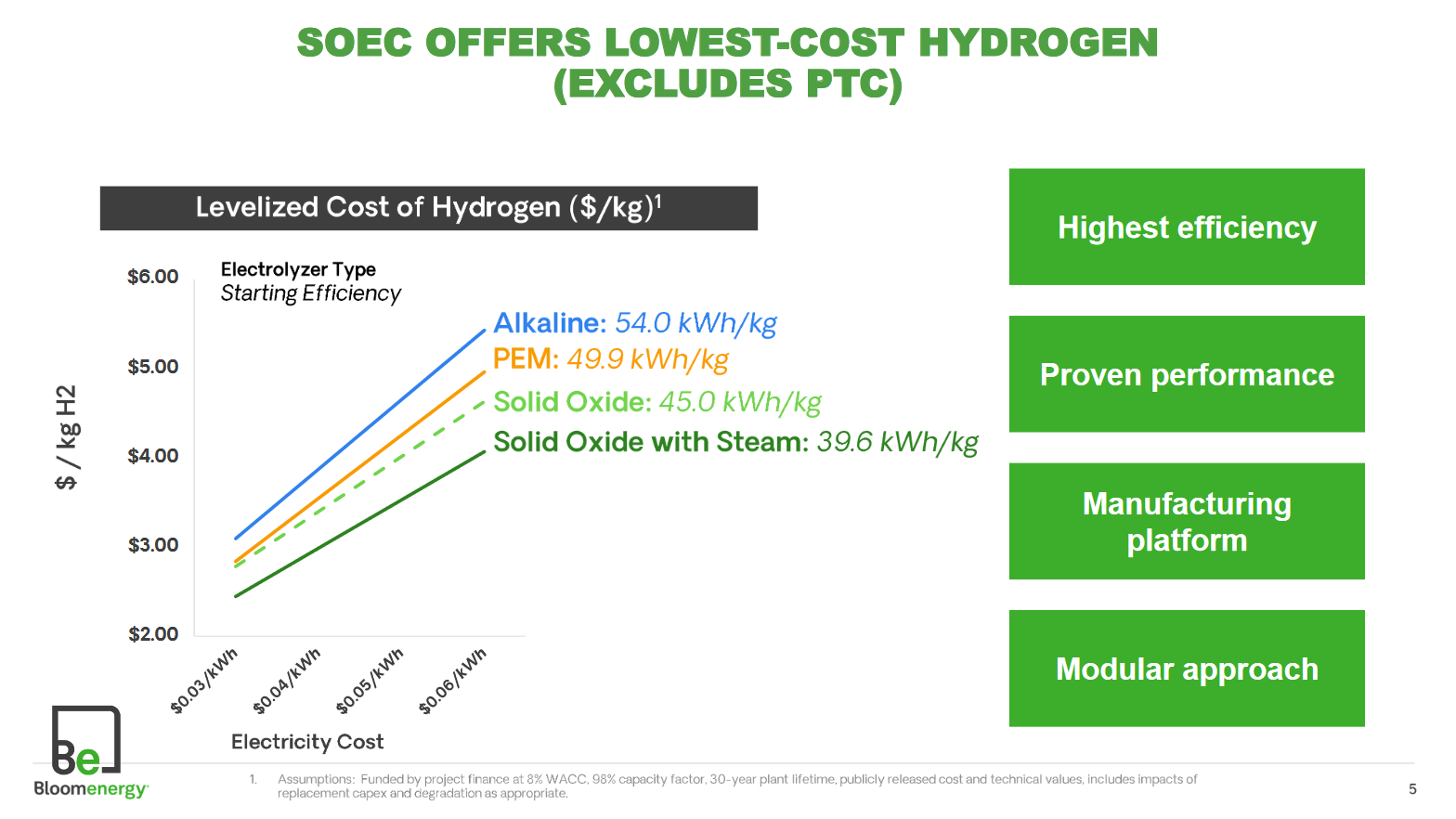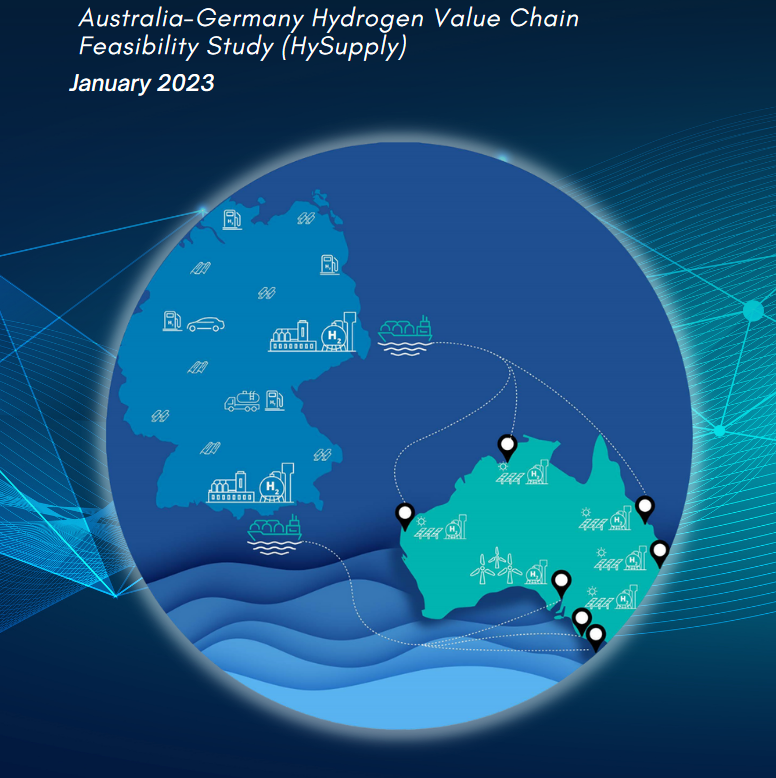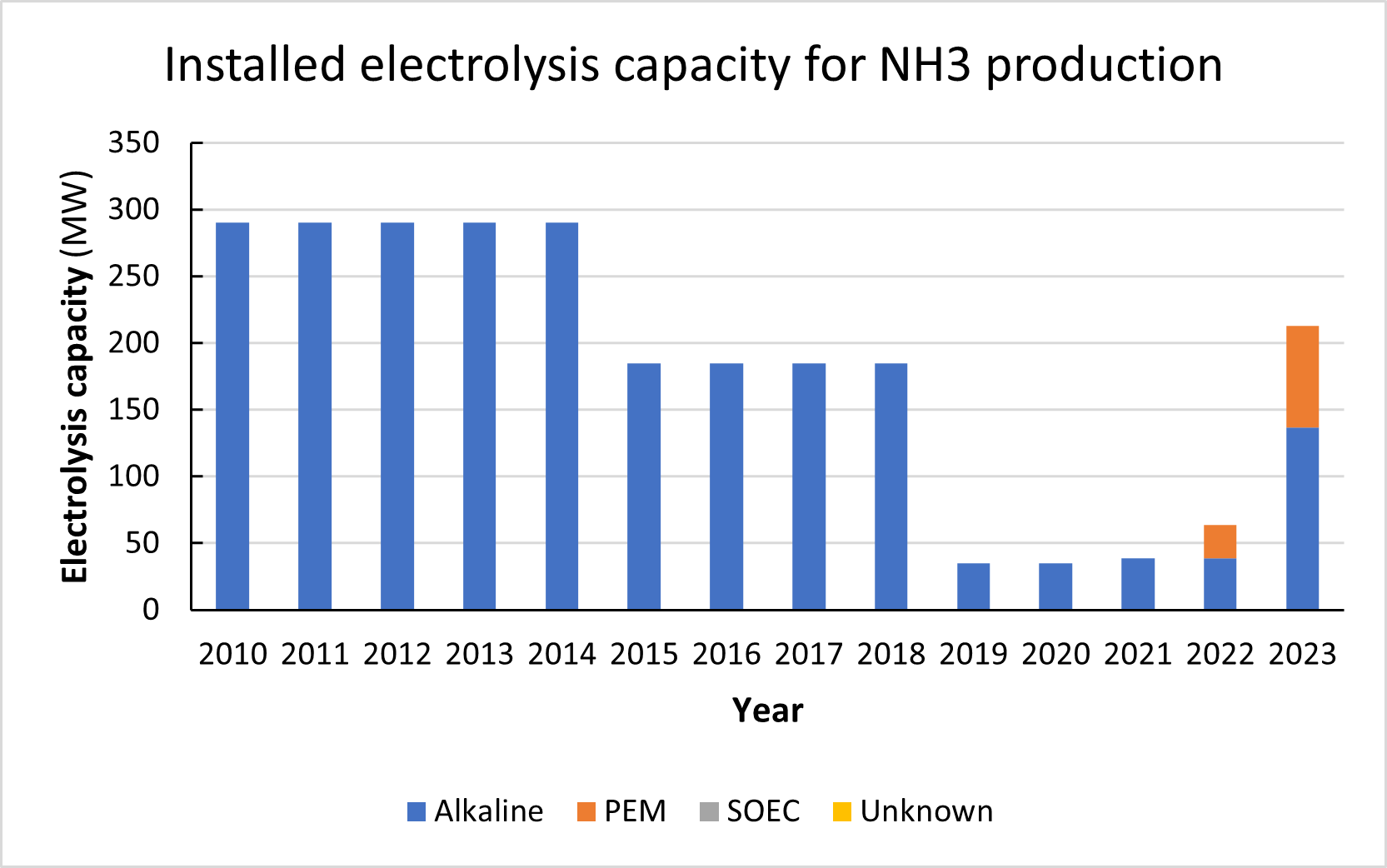Essar Group: advancing the ammonia energy transition in India & the UK
India-based Essar Group will invest $2.4 billion on low-carbon projects at the Stanlow refinery complex near Liverpool, UK. As part of this investment, Essar and Stanlow Terminals will jointly develop an ammonia import terminal. The site will feature deep-water access, cracking facilities and the capacity to handle more than one million tonnes of ammonia imports per year from Gujarat, India.
